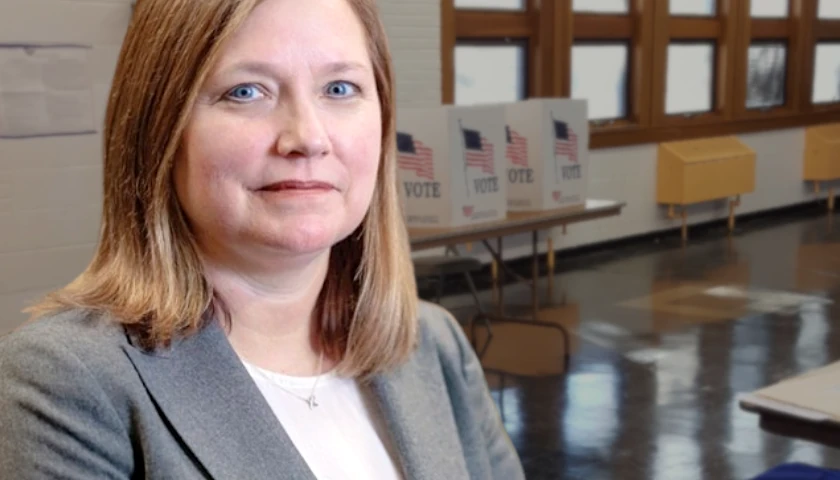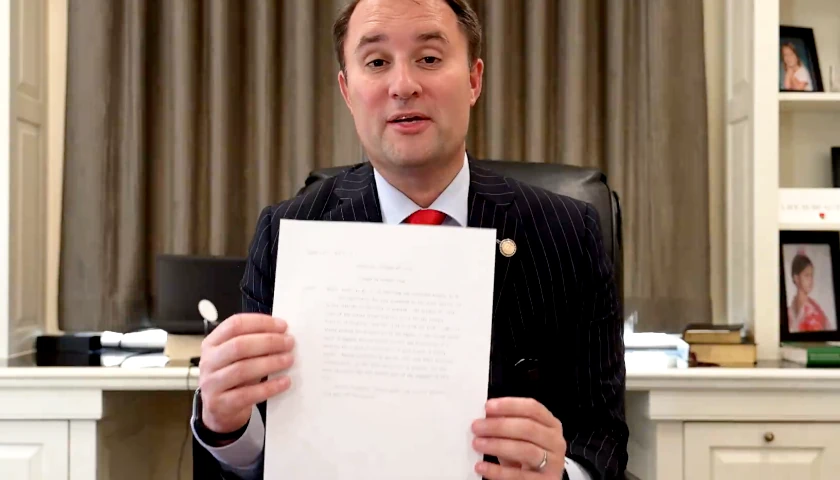by Therese Boudreaux
Michigan has made progress addressing teacher shortages in hard-to-fill subjects and specialties within the past five years, the State Board of Education announced.
Since the 2017-18 school year, the number of certified teachers teaching math jumped 60 percent, 31 percent for science, and 53 percent for English as a Second Language and bilingual education. The number of early childhood education teachers increased by 171 percent.
“Efforts by local educators to address the challenge of teacher shortages are paying off,” State Superintendent Michael F. Rice said. “This work has been supported with increased funding from the legislature and Gov. Gretchen Whitmer that has been advocated for by the Michigan Department of Education and State Board of Education.”
Such efforts included $10,000 scholarships for future educators from the MI Fellowship program, stipends of $9,600 apiece to more than 2,300 teachers enrolled in eligible preparation programs, tuition reimbursements for some special education teachers, and grants for school districts to assist students interested in education careers.
In 2022, Michigan had a total of 1.3 million students and 73,231 teachers in public schools, roughly one teacher per 18 students, compared to the national average of one teacher per 16 students.
Funding for the public school system has also increased, with Gov. Whitmer announcing in July the state’s education budget for Fiscal Year 2025 will increase funding from $9,608 to $10,008 per student.
Despite increases in teachers and funds, public school student performance remains lower than desired.
The average math score for fourth-graders was 232 out of 500 in 2022, compared to 236 in 2019. The average reading score of fourth-graders has also decreased from 218 in 2019 to 212 in 2022.
For eighth-graders, the average math score in 2022 was 273, compared to 280 in 2019. Reading scores for that group have also decreased from 263 in 2019 to 259 in 2022.
Standardized testing scores also look low, with Michigan students scoring 70 points lower than thenational average of 1028, according to data from 2023.
Regarding chronic absenteeism however, Michigan led the nation in recovering from the pandemic-related increase in student absences, which fell 7.7 percentage points during the 2022-23 school year compared to the year before.
– – –
Thérèse is an apprentice reporter covering Michigan and Wisconsin for The Center Square, under the mentorship of Midwest Regional Editor J.D. Davidson. Her work focuses on election-related news in these two states. Previously, she interned at the Mackinac Center for Public Policy.
Photo “Classroom” by Max Fischer.









